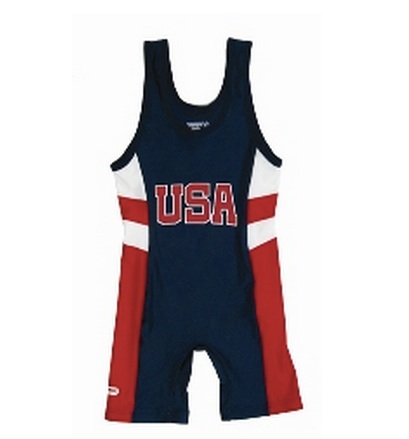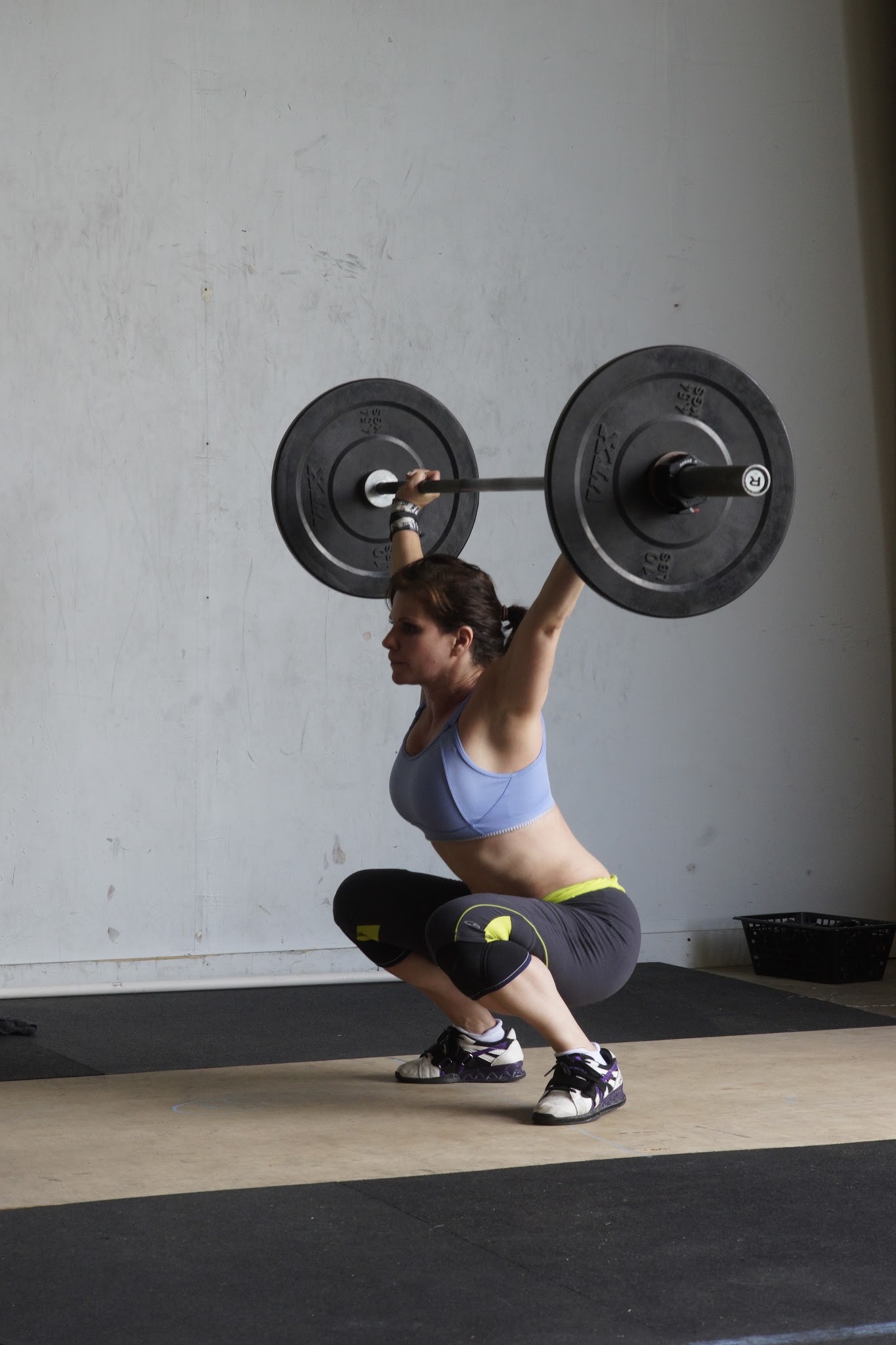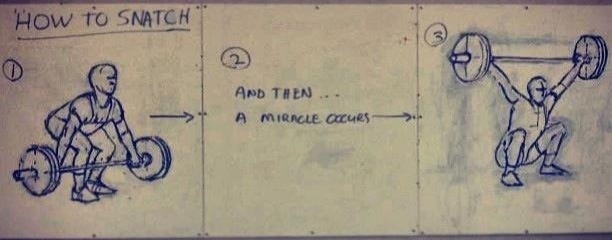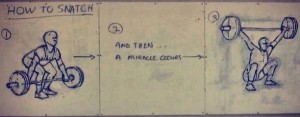What did you wear for Halloween?
This year, I dressed in a singlet and for Halloween I went to Savannah, Georgia, home of ghosts and all things Southern, to compete in the American Masters Open.
It was my first time at Howard Cohen’s gym and it was a marvelous experience. There is so much history that has passed though those walls. Pictures of legendary strongmen from the past grace the hall where we waited to weigh in. CJ Cummings American records are inked on the whiteboard over the office.
But All Hallow’s Eve was reserved for the masters, women and the oldest men.
I felt good going into this competition. First, it wasn’t my first rodeo anymore. I’d done a local, state and national level meet already so I understood the flow and the level of judging to expect.
Second, I liked my programming a lot more. I put on a bigger emphasis on strength in many different planes and ranges of motion instead of being contest-lift specific all the time. Yes, I have a lot still to learn and perfect with technique. But I felt stronger overall which makes me feel better under the bar. In the month prior to competition I PRed my front squat and hit my openers repeatedly and easily. That’s a great confidence booster.
In the end I didn’t make the lifts I wanted to, but I improved on my Nationals total and that makes me very happy. I did discover about myself that I have terrible public performance anxiety. On the one hand, the anxiety of performing makes me strong as an ox. My nervous system is so turned on that the bar flies like an eagle. On the other hand, it makes technique much shakier and so I miss lifts I could make under better circumstances. I’ve rarely had to go below a power clean in competition because the bar flies so high.
My advice to myself? More competitions! I’m going to be looking for more local meets to get more immunized against platform jitters. I’m going to try and lift in front of more people at a local Crossfit box instead of lifting so often by myself. I need to get used to failing and succeeding publicly. I remember having very similar performance anxiety when I first started operating, which has long since passed after thousands of repetitions of performing in front of the nursing staff in the OR. Now I just have to re-learn that confidence of staying on task in front of an audience in a different venue.
For the first time ever, I didn’t follow myself for all three lifts because I wasn’t the smallest nor the weakest lifter. That brought a new element to this competition and I really appreciated having the rest between attempts. It was also an ego boost to actually be out lifting some taller, heavier women. Maybe I need a Mighty Mouse Singlet. I definitely need warm up pants, a hoodie or maybe a blanket to stay warm while waiting though.
I did come home with a shiny new gold medal. And a renewed appreciation for the wonderfully generous and supportive people in this sport, from the fans in the audience who cheer for strangers, to the experienced competitors in the warm-up area who share their knowledge and advice and pats on the back.
So onwards. I already went back to lifting today 48 hours later, no down time. Hit 80% cleans 6×3 and some heavy deadlifts and moderate presses in the split. I am so thrilled that project “fix my jerk” is yielding results, so more jerk work in the split, behind and in front, with cleans and alone. More unilateral leg and arm work to wake up the sleepy right glute and make the shoulder “Russian Strong” in all vectors.
And Halloween candy for recovery. It’s a holiday after all.




